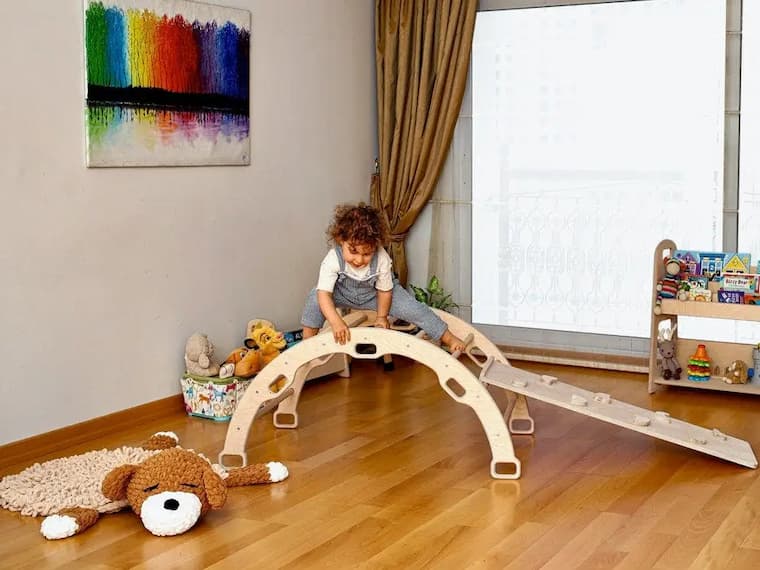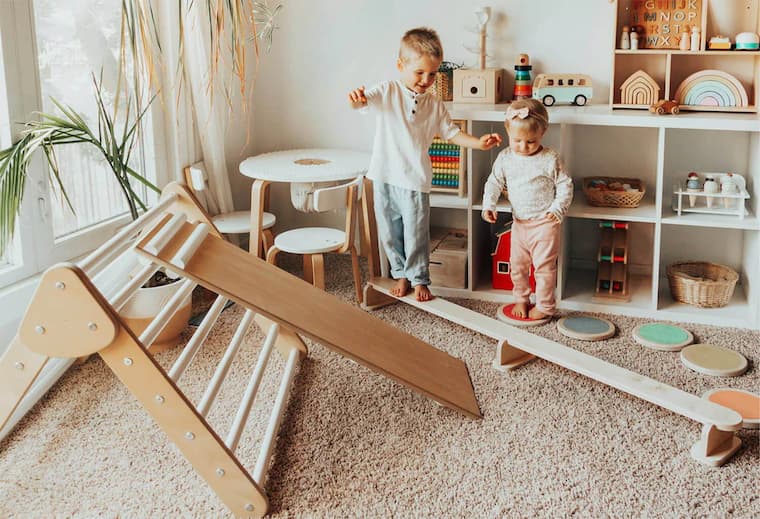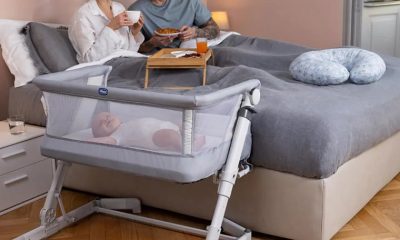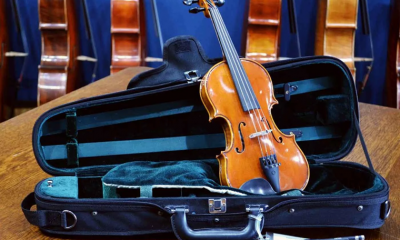Parenting & Kids
The Benefits of Montessori Toys: Developing Skills through Play
Children learn about the world through their senses. Touching, playing with objects, and exploring their features are crucial to their development. When they are using their multiple senses at the same time, their brain translates an environment filled with possibilities into concrete skills. That’s why toys that ignite the child’s natural curiosity and are aligned with their abilities as such an important part of growing up.
Parents who are aware of this tend to choose Montessori toy varieties for their kids because of the multitude of benefits they offer in the developing years of children.
What Is a Montessori Toy?
Although technically not all toys are Montessori as not all of them have been designed by Maria Montessori, the term refers to toys that would be in alignment with the Montessori learning philosophy and methods. The core features of these toys are: simple, educational, natural material (usually wooden toys), realistic, sensory stimulating, but not intrusive. Some examples include wooden bricks, stacking rainbows, abacuses, shape sorters, sensory blocks, climbing arches, and more.

What Is the Montessori Method?
Maria Montessori was a doctor and the head of the state institute for the Education of Children with learning difficulties. From her experience of working with children, she came to the conclusion that kids under the age of six have the most powerful and receptive minds, which gives them a once-in-a-lifetime opportunity to learn.
The method encourages learning about the world through exploration, manipulating and touching, freely moving around while acquiring skills, competence, and confidence. It puts an accent on giving children tools and independence to learn at their own pace, one skill at a time, avoiding the over-stimulation of toys with lots of flashing lights, sounds, and buttons.
Many schools and nurseries around the world have accepted this educational method, and a lot of parents create a Montessori environment at their homes, carefully selecting playthings that engage their child’s interest.
The Benefits of Montessori Toys
1.Support Child Development

Children experience different stages of development and the Montessori toys are designed to support their learning skills at different levels. Usually, there are 12 levels of toys, starting from infants aged 0 – 3 months, and working up, adjusted to every phase, from sensory exploration to experimentation and self-correction. These playthings help in the development of fine motor skills like hand-eye coordination and visual motor skills, crucial stepping-stones in the first years of a child’s growth.
2.Encourage Problem-Solving and Independence
Since the toys are designed to help children focus on one specific skill at a time, they aid deep learning and understanding of concepts like cause and effect, problem solving and spatial relationships. Exploration of opposites can teach them about weight, temperature and texture, gravity and volume or basic counting skills.
The Montessori style toys are designed for STEM learning (science, technology, engineering and mathematics) and critical thinking. One example is the object permanence box, where the child experiments with a wooden ball. After they drop it in a hole, the ball doesn’t just disappear inside, but instead can roll out through another hole. In line with the method, the goal is to let the child contribute and learn through trial, thus supporting their independence and confidence, which these toys can help achieve.
3.Promote Concentration and Sense of Achievement
One of the reasons why Montessori toys for children look simple and have more muted colour tones is to create a more calming environment for kids. This enhances their concentration and avoids overstimulation, allowing them to complete the tasks successfully. Reaching the desired outcome will in turn give them a sense of achievement.
4.Natural Materials and Real-Life Objects
The toys are made mostly from wood, a natural product that warms up when touched and cools when left alone. It helps kids connect more to the natural world and the toy they are playing with. Best of all, they are chemical-free and safe, unlike a lot of plastic products. The wooden material also means more durability. They are not easily broken or dent and can last for years, allowing for generations of kids to play with them. Not only will they be in perfect condition for the younger siblings, but they are often passed down to grandchildren or resold.
Needless to say, this is better for the environment as well as your wallet. You won’t have to replace broken toys so often, and there won’t be as much plastic thrown into landfills. Before making a mental leap into fantasy, children need to be exposed to objects that accurately represent the real world. Kids are drawn to things that look familiar and help them make sense of experiences they have had themselves.
5.They Are Fun and Beautiful
Learning through playing is only possible if the child is attracted to the object and these toys are made to look both exciting and beautiful. The soft colours and smooth surface, the different shapes and textures stimulate the child’s senses without overwhelming them with noises and flashy lights. Even when your kid is not playing with them, they look nice and elegant on the shelf.
Introducing Toys to Children
Have you noticed how kids’ rooms can be full of toys but the child is still bored and not interested in playing with them? The toy presentation starts with how the objects are arranged in the playroom. Limited choices in an organised space actually promote concentration and curiosity. Research has shown that just a few toys at a time lead to longer periods of focus, more creativity and more independent play.
Rotating a few Montessori play toys is a simple but effective strategy to keep your toddler engaged. Swapping the toys around every couple of weeks and giving the young ones a chance to choose which ones they want to play with reduces toy boredom and encourages more playtime.
Writing for the blog since 2012, Chris simply loves the idea of providing people with useful info on business, technology, vehicles, industry, sports and travel – all subjects of his interest. Even though he sounds like quite the butch, he’d watch a chick flick occasionally if it makes the wife happy, and he’s a fan of skincare routines though you’d never have him admit that unless you compliment his impeccable skin complexion.

























